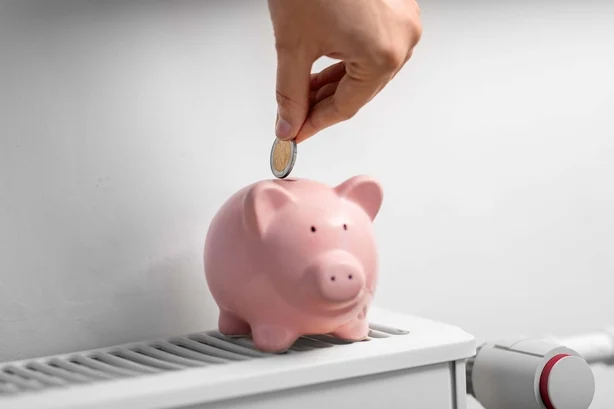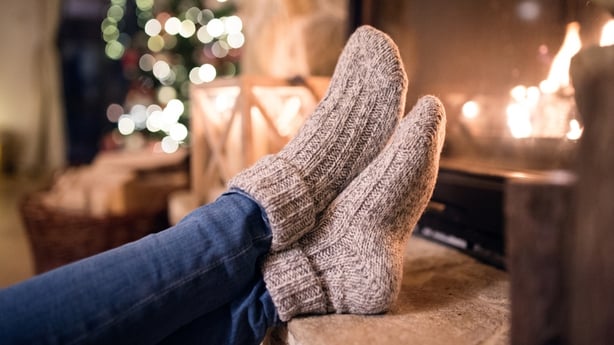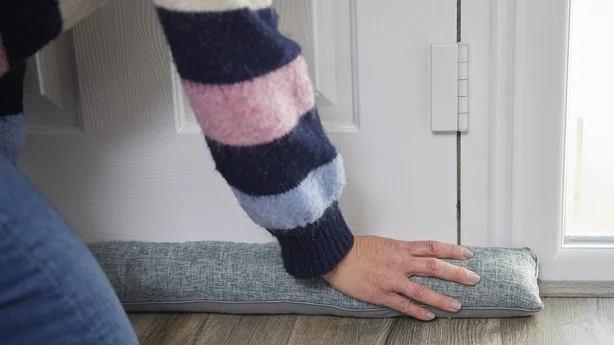With a chill firmly in the air, you may be wondering when is the right time to pop the heating on. By Imy Brighty-Potts.
Energy prices remain a concern for many as the cost-of-living crisis continues, and with colder months on the horizon you might be thinking: is now the time to take the leap and pop the heating on?
And what else do you need to know about saving money – and energy – on your heating this year?
When is the right time to put the heating on?

Knowing when your heating should go on is tricky. You feel the chill, but you know it’s only going to get colder. Do you want to spend that money now?
"There’s no exact time of year when you should turn your heating on," explains Joanna O’Loan, knowledge manager at the Energy Saving Trust.
"Variations in how well insulated and draught-proof your home is, as well as how the cold affects you and your household, mean it’s a very personal choice. If the cold you’re feeling is becoming uncomfortable, it’s a good time to turn your heating on.
"According to the World Health Organisation, the lowest comfortable temperature for most people is between 18°C and 21°C, although someone with mobility issues or other health conditions may find they need their environment a bit warmer."
So consider your health, how you feel, what temperature your thermostat reads, and go from there.

Should you leave your heating on low all the time?
What’s better: keeping your heating on low all the time, or turning it on when you’re home?
"If you have gas central heating, it’s generally advisable and most cost-effective to turn your boiler on and off when you need it," says O’Loan.
"It’s cheaper to reheat your home than it is to keep it on low all day when you’re not there. If you have thermostatic radiator valves, turn these higher in the room you want to heat, and lower or off in the rooms you’re not using."
That being said, O’Loan warns against turning it up too high.
"Whichever heating system you have, blasting it briefly on high isn’t advisable. Setting your thermostat higher doesn’t make your home heat up more quickly, but it does increase the risk of overheating your home, wasting energy and money.
"If you are warm enough, try turning your thermostat down by one degree."

Are there any other ways to save money and energy?
Your heating is only as effective as the insulation in your home.
"Draughts let warm air out and cold air in, meaning your heating system has to use more energy to keep your home warm," says O’Loan.
"Fitting inexpensive draught-proofing strips to windows and doors is a relatively quick and easy DIY job," she says.
"When fitting, make sure not to block up any intentional vents as these allow essential fresh air into your house."
Do a quick run around the house and see where cold air may be getting in. For example, if you have an open chimney, be sure to fit a chimney draught excluder.

And use common sense when it comes to keeping warm.
"Closing blinds and curtains when it’s cold will help limit your home’s heat loss, meaning rooms will feel cosier and you might not have to spend as much on heating. Make sure blinds and curtains don’t block any heat from radiators from getting into the room," says O’Loan.
"When they are closed, they should stop between the edge of the windowsill and above any radiators."
It’s also worth checking your radiators, O’Loan suggests.
"From time to time, you’ll need to bleed your radiators to help them work effectively. You’ll know you need to bleed your radiators if you feel cold spots while they’re on, especially near the top of the radiator."
What about your hot water tank?
If your hot water tank is not well insulated, the water will cool quickly.
"Most modern hot water tanks have plenty of insulation, but an older tank might only have a small amount. You can add extra insulation with a hot water tank insulation jacket – these are inexpensive, widely available and easy to fit," O’Loan says.
"nsulating exposed hot water pipes is also an easy DIY job. Inexpensive pipe insulation is available from most DIY stores."
Disclaimer: The copyright of this article belongs to the original author. Reposting this article is solely for the purpose of information dissemination and does not constitute any investment advice. If there is any infringement, please contact us immediately. We will make corrections or deletions as necessary. Thank you.






